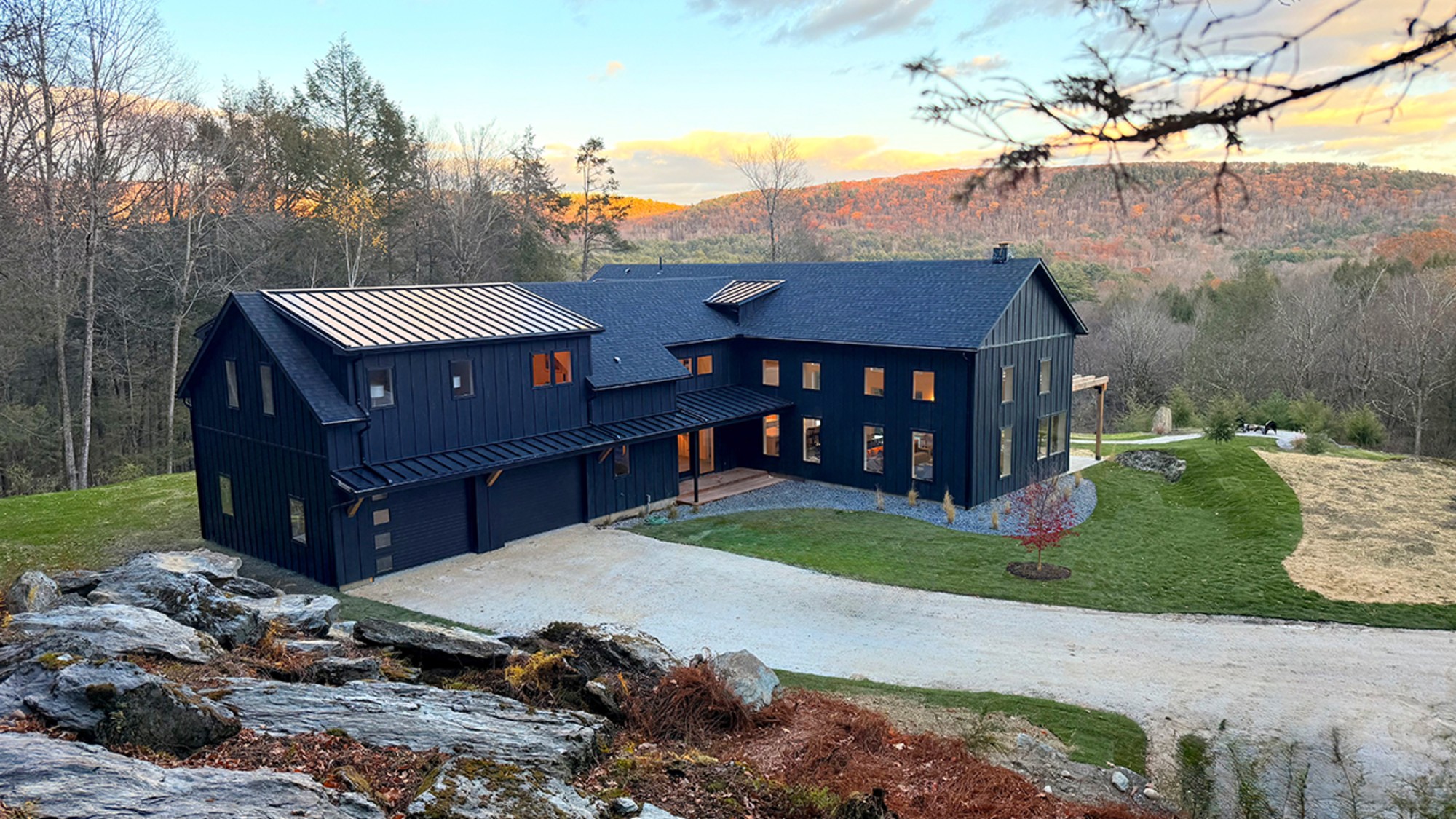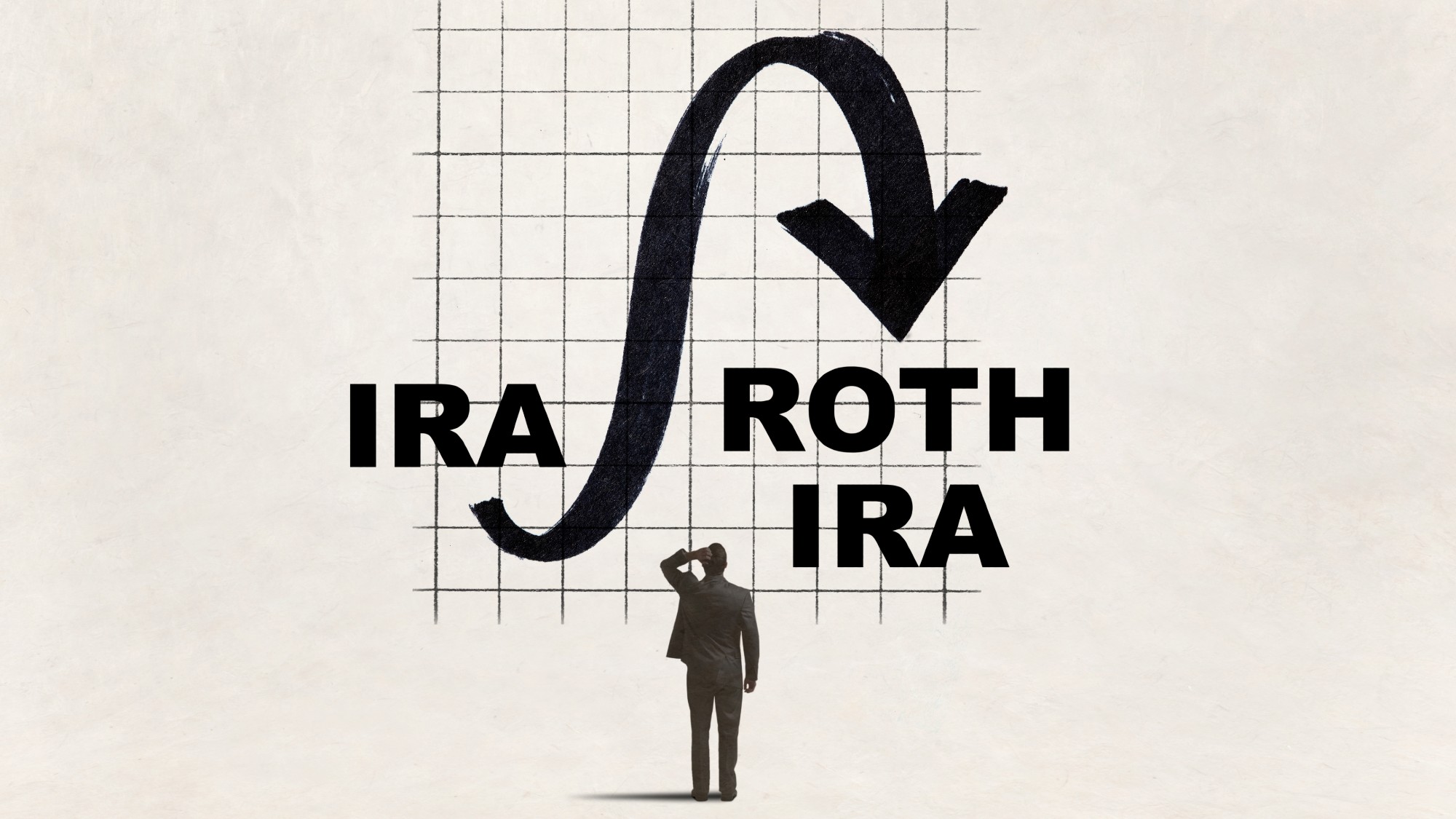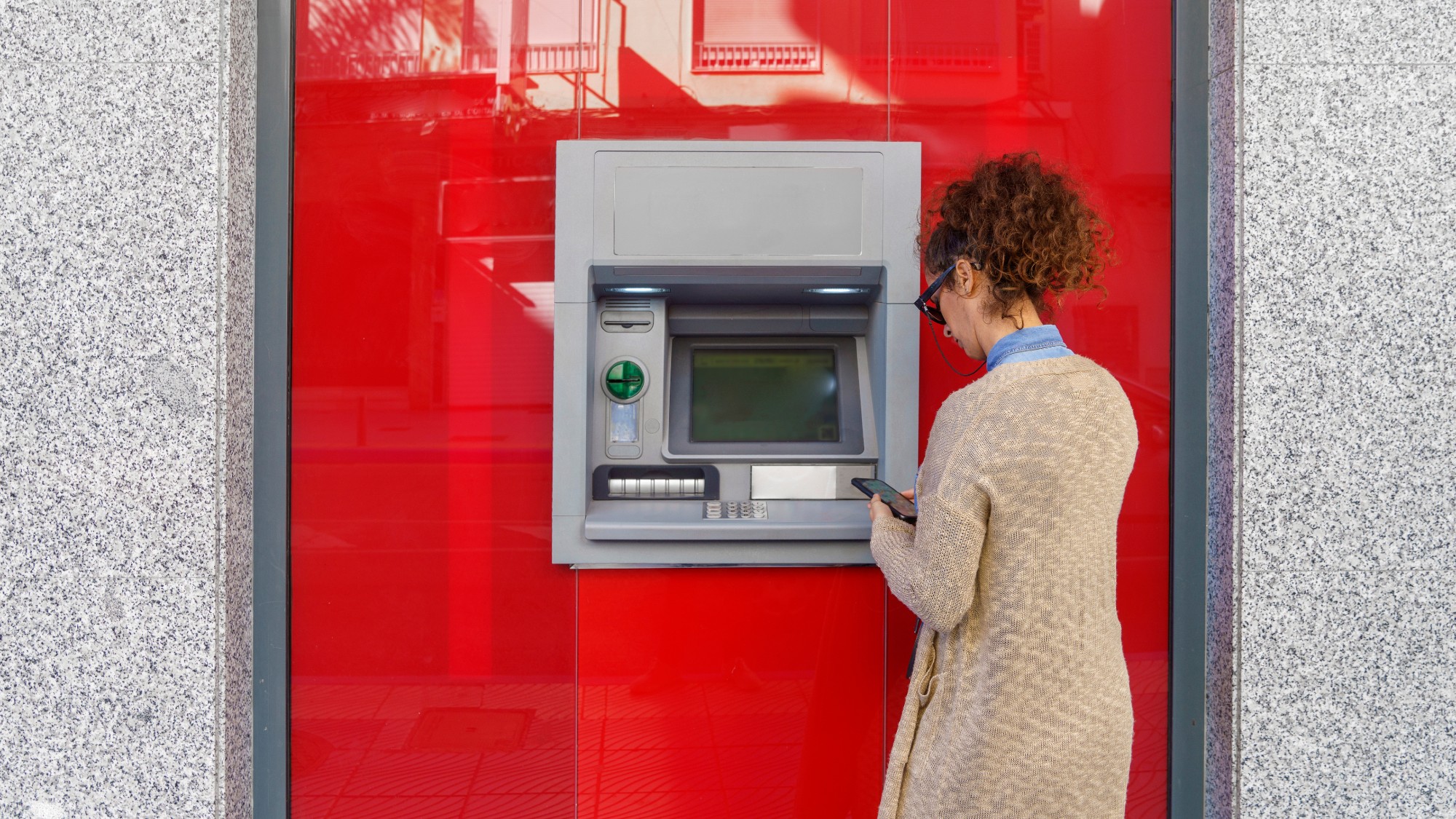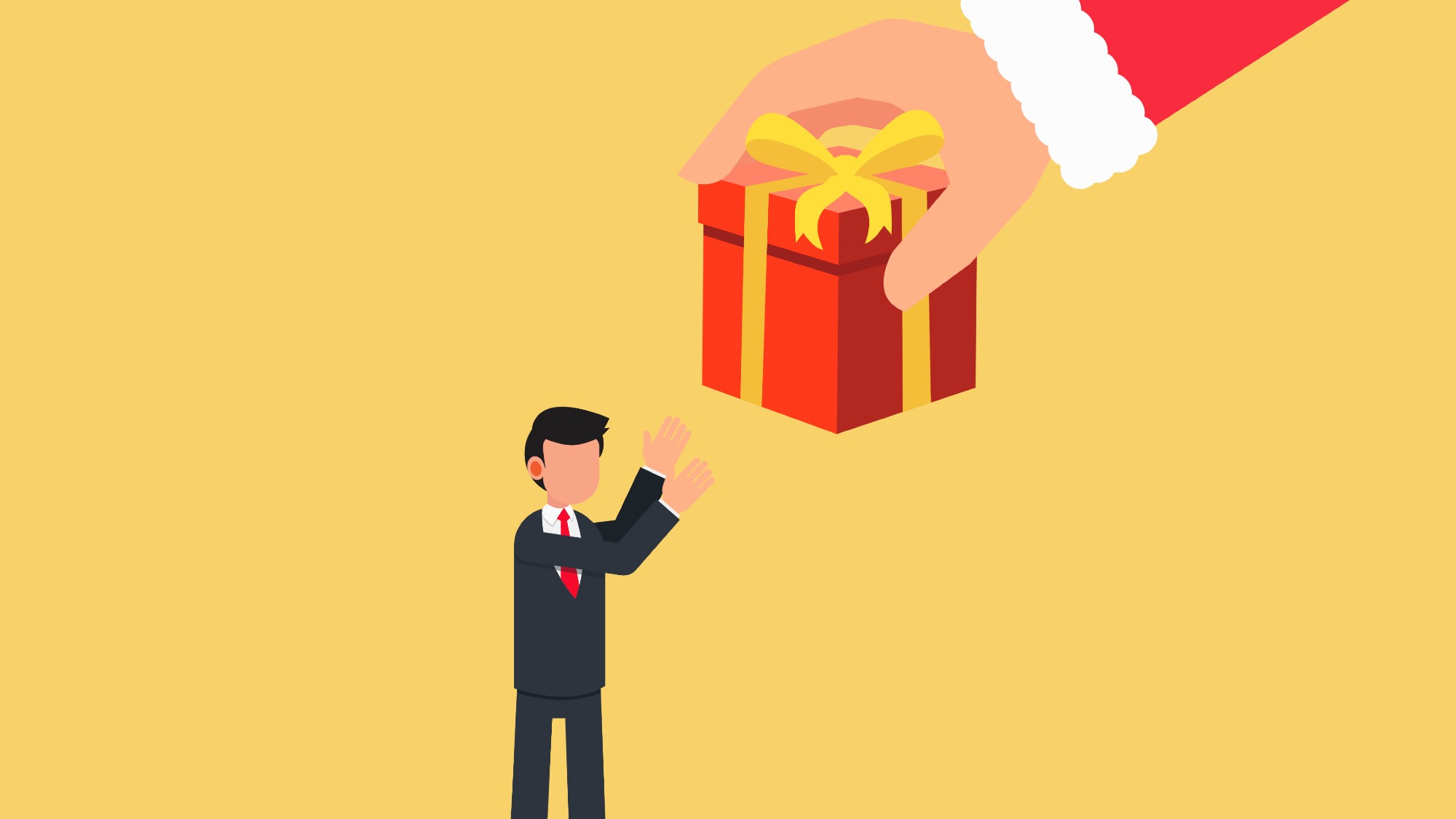What's a bridge loan and how could it make buying your next home possible?
This type of loan has both pros and cons


If you are buying and selling a house simultaneously while on a budget, you likely have all your fingers and toes crossed that the timing works out just right. But what happens if the perfect house comes on the market, but you still have yet to get any bites on your current one?
In this scenario, a bridge loan can make the math possible. Basically, a bridge loan is a type of short-term financing that can provide immediate cash to fund a down payment or closing costs if, say, you do not yet have the proceeds from the sale of your current home. While this option is a definite asset to have on the table when you are in a tight financial spot, it does have some downsides and risks, though.
How does a bridge loan work?
A bridge loan is a "short-term loan — often less than a year — that can help you quickly buy a new home without relying on the equity from your existing home to make the down payment," said Nerdwallet. So, you might use one to "cover the down payment on the new home or the costs of having two mortgages until your first home sells," or to "pay off your first mortgage while you take out a new one," said Yahoo Finance.
The Week
Escape your echo chamber. Get the facts behind the news, plus analysis from multiple perspectives.

Sign up for The Week's Free Newsletters
From our morning news briefing to a weekly Good News Newsletter, get the best of The Week delivered directly to your inbox.
From our morning news briefing to a weekly Good News Newsletter, get the best of The Week delivered directly to your inbox.
The assumption is that your current home will sell in the near future, and you'll then use the proceeds from that sale to pay off the bridge loan. Though payment structure can vary, "borrowers typically make interest-only payments during the term and have a balloon payment when it ends," said CNBC Select.
What are the pros and cons of a bridge loan?
Perhaps the biggest advantage of bridge loans is the opportunity they can offer buyers: You can purchase a new home before selling your existing one, without needing to include a potentially deal-breaking sale contingency in your offer. Funding from bridge loans typically comes through "pretty quickly," too. "Depending on your mortgage lender, you can often have your cash within a few weeks," which "allows you to act fast when you find that dream home," said Yahoo Finance.
That said, bridge loans typically have higher interest rates than conventional loans, plus additional fees and closing costs, and the repayment term is short. You may also end up in a spot where you "own two houses — with two mortgage payments — for a bit," said Nerdwallet. Further, if you do not sell your former home "before the loan comes due, you may owe the full amount of the bridge loan on top of your new mortgage payment," which "could lead to financial stress or even default," said the outlet. And with a bridge loan, your home is typically used as collateral.
How can you get a bridge loan?
Alongside the usual income and credit requirements, to get a bridge loan, "most lenders require a homeowner to have at least 20% home equity built up," said Rocket Mortgage. Additionally, "many financial institutions will only extend a bridge loan if you also use them to obtain your new mortgage," said the outlet.
A free daily email with the biggest news stories of the day – and the best features from TheWeek.com
Keep in mind that "not all financial institutions offer bridge loans," said Yahoo Finance. To get one, you may need to look to "local banks, credit unions, online mortgage companies and specialty lenders."
Becca Stanek has worked as an editor and writer in the personal finance space since 2017. She previously served as a deputy editor and later a managing editor overseeing investing and savings content at LendingTree and as an editor at the financial startup SmartAsset, where she focused on retirement- and financial-adviser-related content. Before that, Becca was a staff writer at The Week, primarily contributing to Speed Reads.
-
 Homes with great fireplaces
Homes with great fireplacesFeature Featuring a suspended fireplace in Washington and two-sided Parisian fireplace in Florida
-
 Is $140,000 the real poverty line?
Is $140,000 the real poverty line?Feature Financial hardship is wearing Americans down, and the break-even point for many families keeps rising
-
 Film reviews: ‘The Secret Agent’ and ‘Zootopia 2’
Film reviews: ‘The Secret Agent’ and ‘Zootopia 2’Feature A Brazilian man living in a brutal era seeks answers and survival and Judy and Nick fight again for animal justice
-
 What will next year’s housing market look like?
What will next year’s housing market look like?The Explainer Here is what to expect from mortgage rates and home prices in 2026
-
 What are the pros and cons of a Roth conversion for retirement?
What are the pros and cons of a Roth conversion for retirement?Pros and Cons By converting a traditional IRA to a Roth IRA, retirees can skip paying taxes on their withdrawals
-
 4 easy tips to avoid bank fees
4 easy tips to avoid bank feesThe Explainer A few dollars here and there might seem insignificant, but it all adds up
-
 4 often overlooked home maintenance tasks that could cost you later
4 often overlooked home maintenance tasks that could cost you laterThe Explainer A little upkeep now can save you money down the road
-
 What are portable mortgages and how do they work?
What are portable mortgages and how do they work?the explainer Homeowners can transfer their old rates to a new property in the UK and Canada. The Trump administration is considering making it possible in the US.
-
 How can you tell if you are ready to retire?
How can you tell if you are ready to retire?the explainer All the preparation you need to sail off into your golden years
-
 What’s the best way to use your year-end bonus?
What’s the best way to use your year-end bonus?the explainer Pay down debt, add it to an emergency fund or put it toward retirement
-
 Can medical debt hurt your credit?
Can medical debt hurt your credit?The explainer The short answer is yes, though it depends on the credit scoring mode
